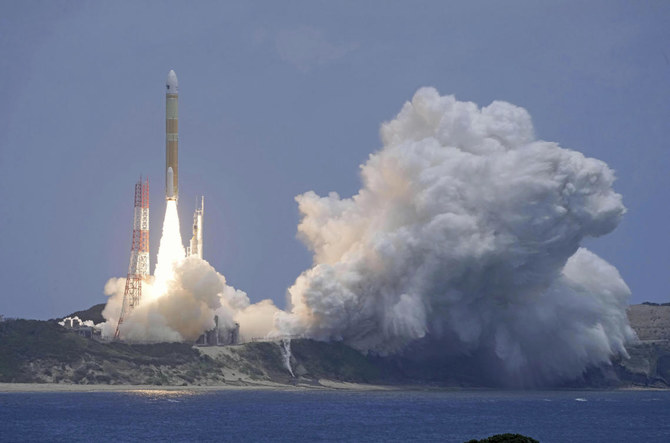Tokyo: Japan successfully launched an upgraded Earth observation satellite designed for disaster response and security aboard its new flagship H3 rocket on Monday.
The H3 No. 3 rocket took off from the Tanegashima Space Center, located on a southwestern Japanese island, and released its payload approximately 16 minutes later as scheduled, according to the Japan Aerospace Exploration Agency (JAXA) livestream.
The satellite, named Advanced Land Observation Satellite-4 (ALOS-4), is primarily tasked with Earth observation and data collection crucial for disaster response and cartography. Equipped with an infrared sensor developed by Japan’s Defense Ministry, ALOS-4 is also capable of monitoring military activities, including missile launches.
The launch proceeded as planned, and JAXA is set to provide further details at a news conference later on Monday. Originally scheduled for Sunday, the launch was postponed due to adverse weather conditions at the launch site.
ALOS-4 succeeds the current ALOS-2 and boasts enhanced observation capabilities over a broader geographical area. Japan intends to operate both satellites concurrently for the foreseeable future.
This launch marks the third successful deployment of the H3 rocket system, following a previous successful mission on February 17.
However, it comes after a notable failure during its debut flight a year earlier, which resulted in the rocket and its intended payload, originally slated as ALOS-3, being destroyed.
Japan views a stable and commercially competitive space transportation capability as essential to its national security and space program ambitions. JAXA, in collaboration with its primary contractor Mitsubishi Heavy Industries, has been developing the H3 launch system to replace the aging H-2A, which is scheduled for retirement after two more flights.
Mitsubishi Heavy Industries aims to reduce launch costs significantly compared to the H-2A, aiming for commercial viability by cutting costs approximately in half.


